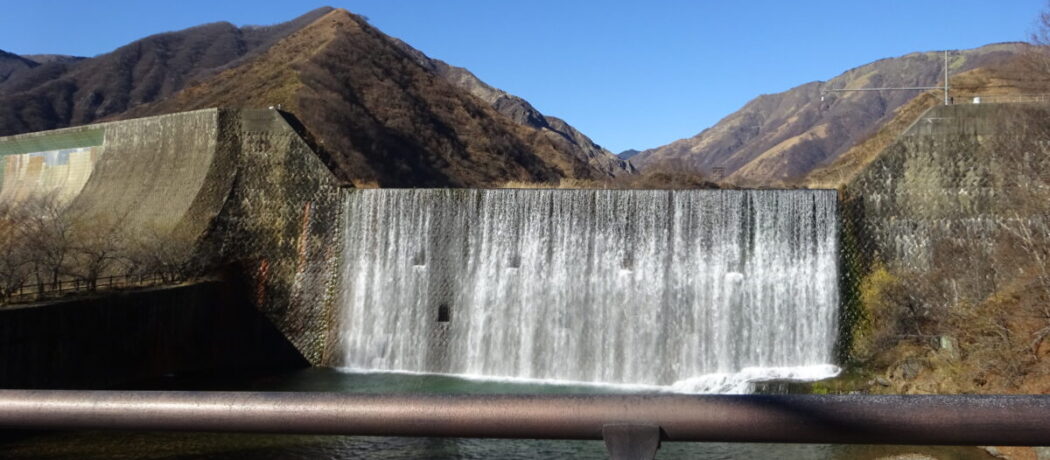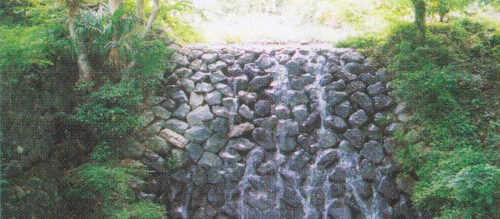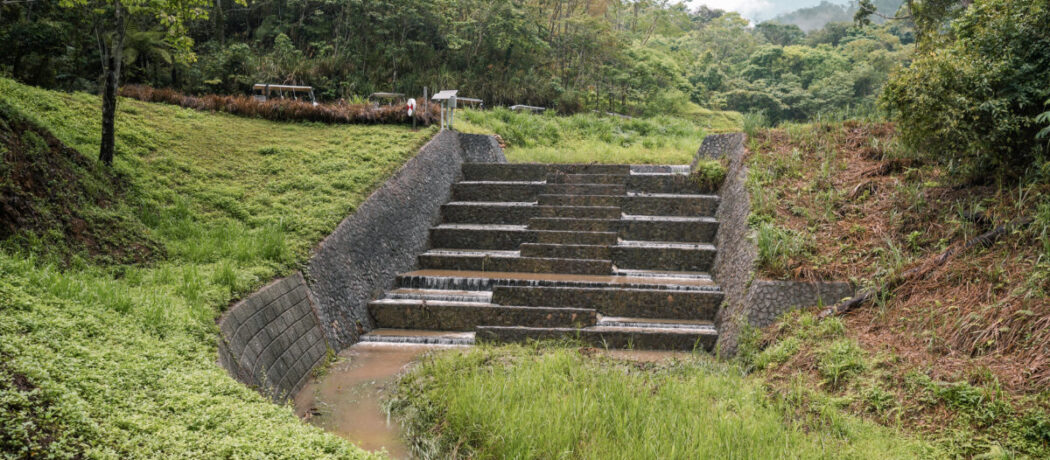2025 April Taiwan
The 2025 Taiwan-Japan Joint Research Conference on Sabo The 2025 Taiwan-Japan Joint Research Conference on Sabo was held in Taiwan(Taipei City,Hualien County) from April 20 (Sun.) to 26 (Sat.) by the Chinese Soil and Water Conservation Society and the Taiwan Disaster Prevention Society etc., fifteen members of the Japanese delegation (led by Hiroyuki Ohno, President…




